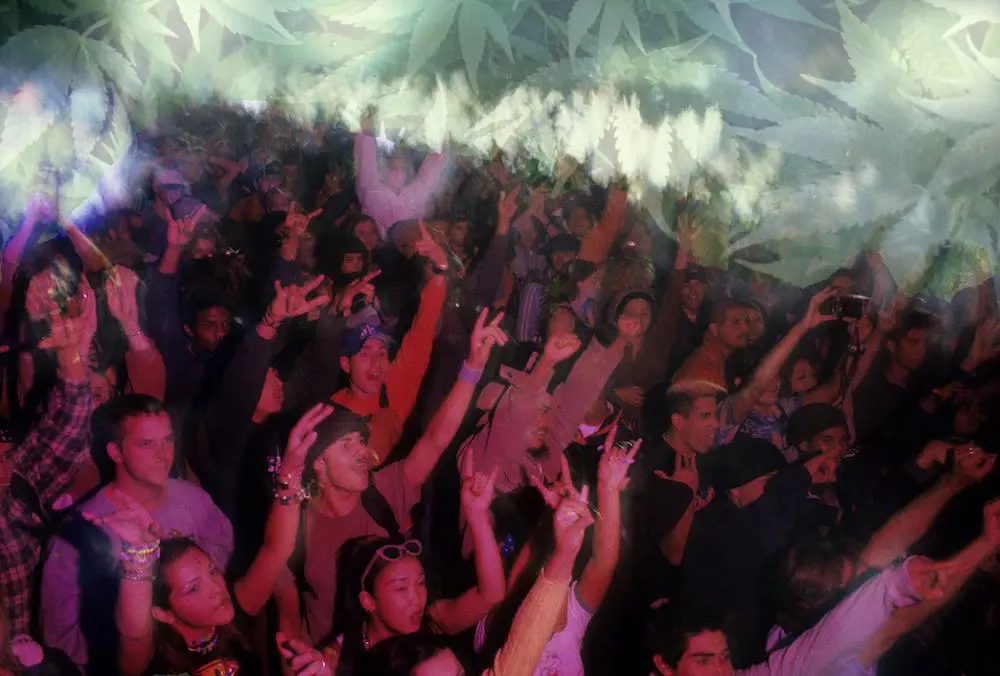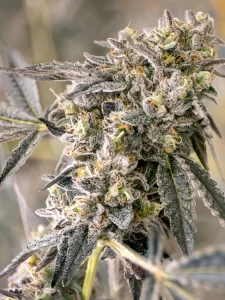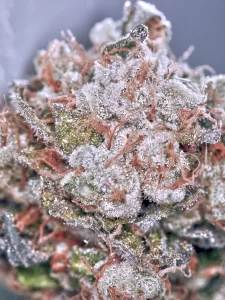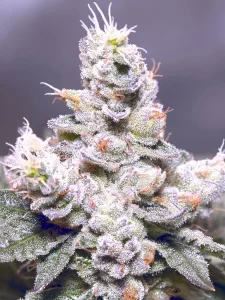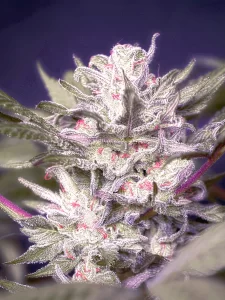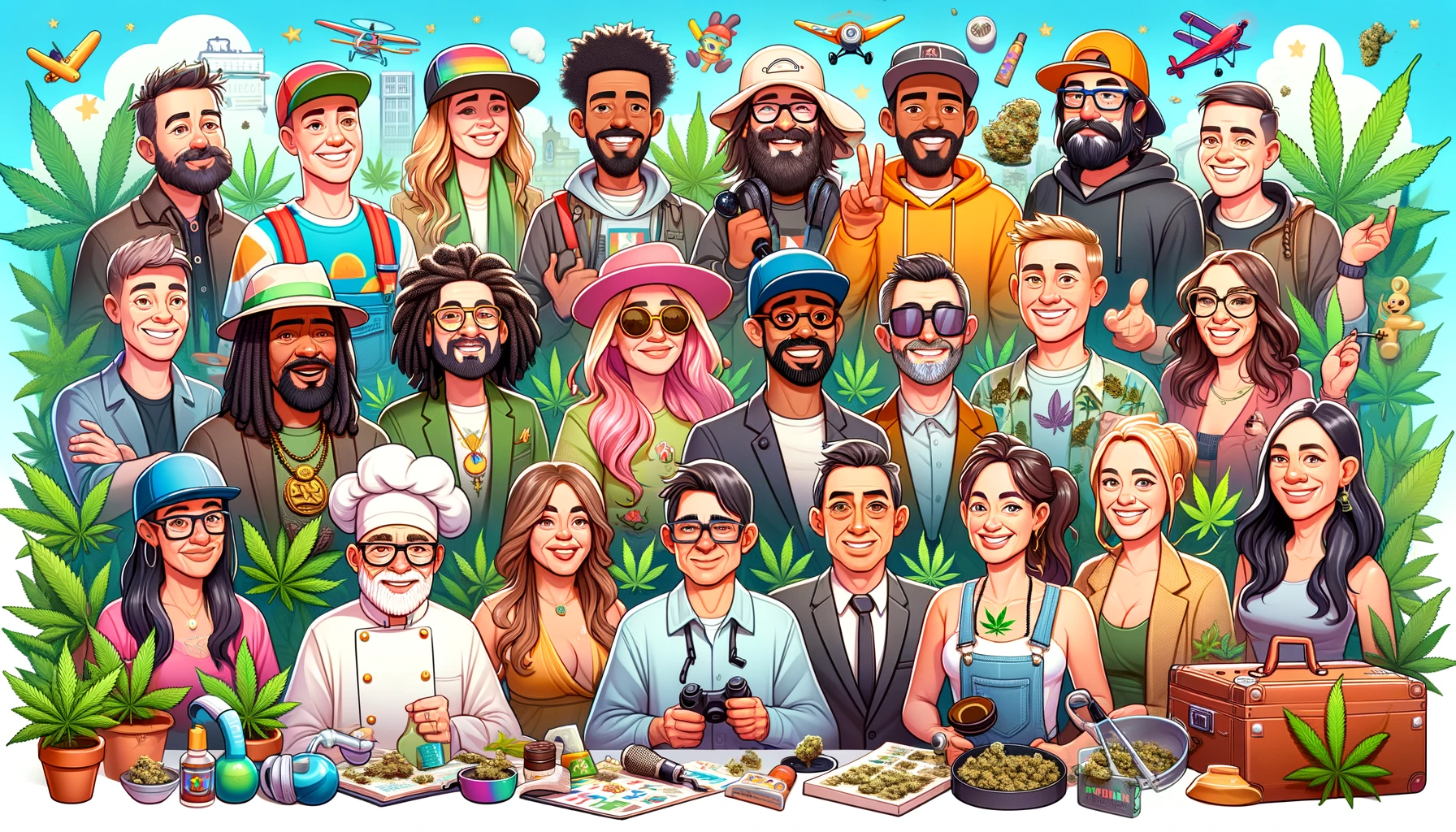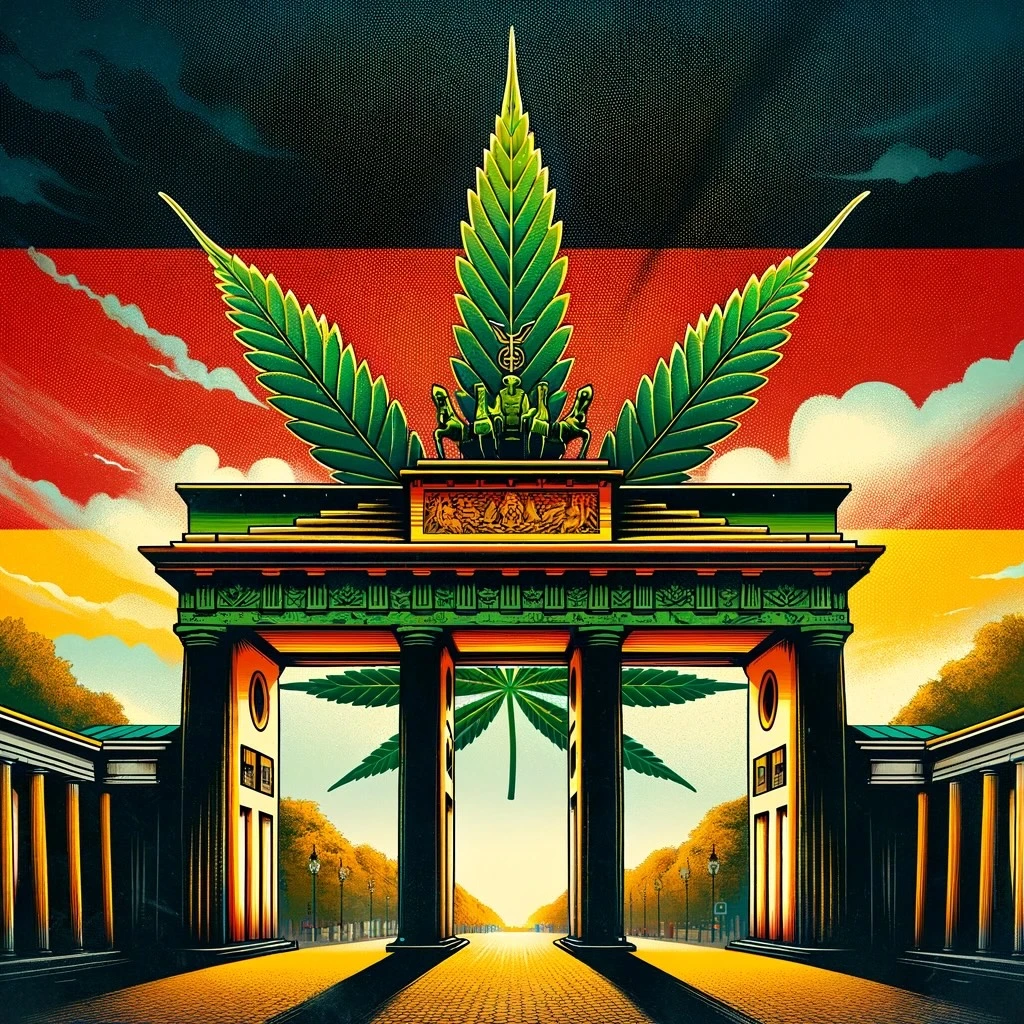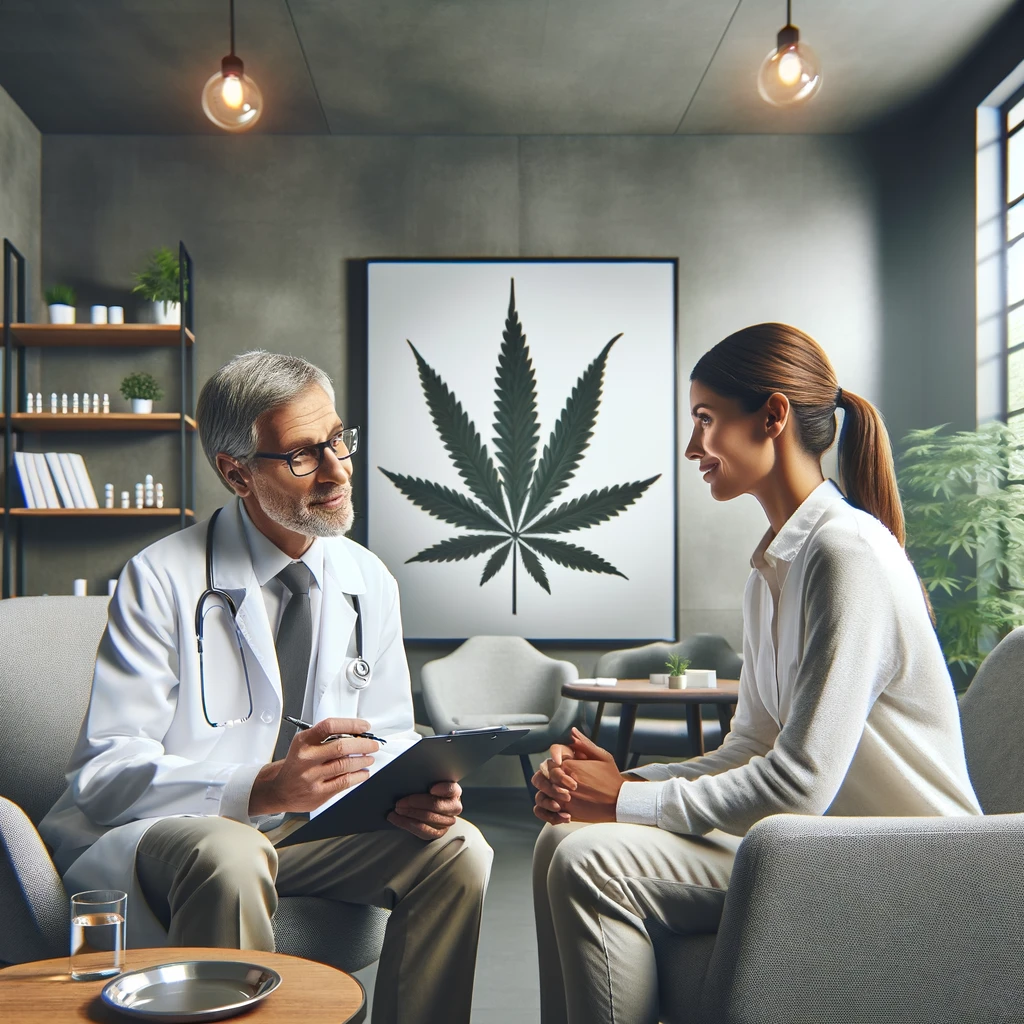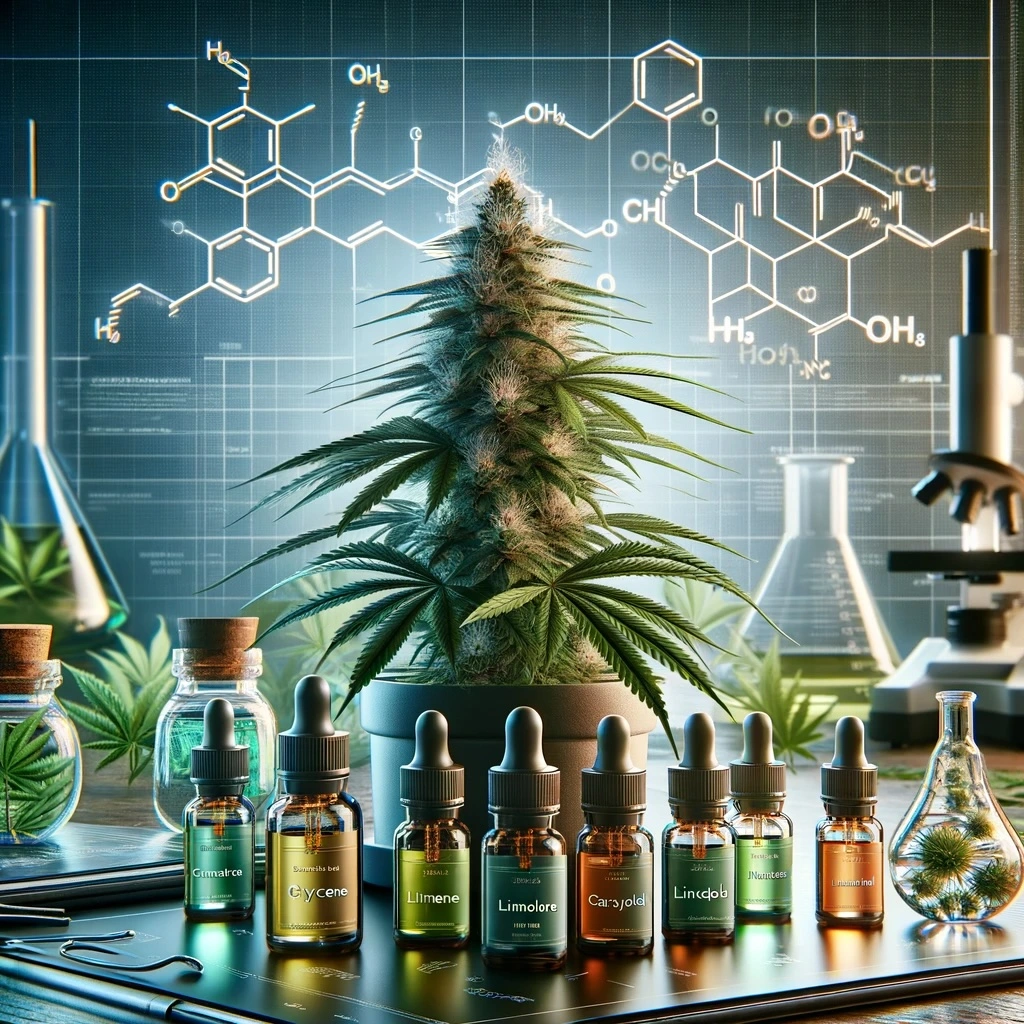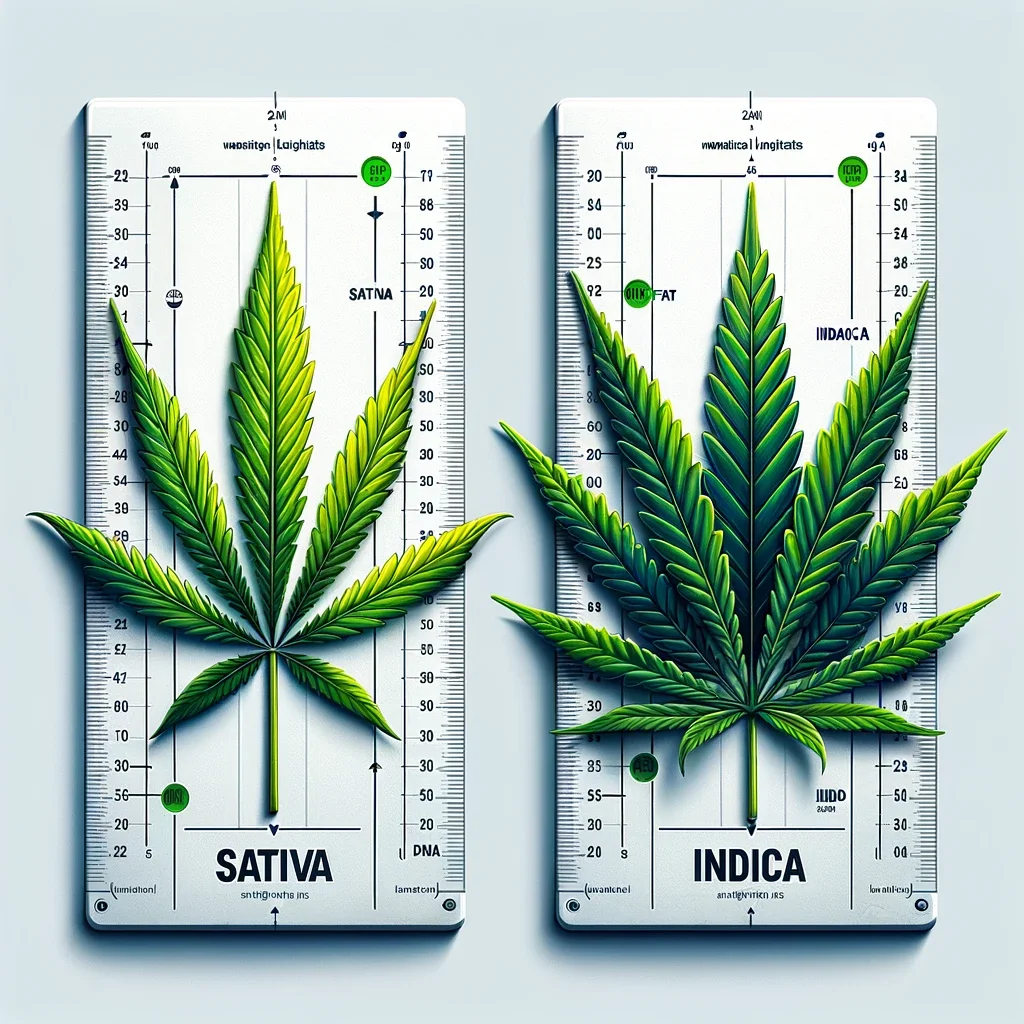The rave culture of the 90s was not just about music and fashion – it was a revolution, an era, and a movement. It was the period of underground parties and colorful clothes. It was a time when marijuana was very much present and when almost everyone projected peace, love, unity, and respect.
The rave culture in the 90s meant all-night parties with loud, electronic blends of music. This was coupled with laser light shows, a lot of dancing, and secretive locations like farm fields, nightclubs, and warehouses. During these rave parties, people usually consumed drugs and marijuana was definitely included.
The 90s was a time when marijuana advocacy was at its peak. Movies and entertainment centered on marijuana-related themes. Marijuana-themed box office movies in the 90s included titles like “Dazed and Confused,” “Half Baked,” “How High,” and “Pineapple Express.”
Marijuana was also a big hit in the music scene particularly in the genre of hip-hop. The group Cypress Hill and rapper Snoop Dogg are two of the most influential hip-hop artists who have made songs about marijuana. Rock artists such as The Black Crowes, Sinead O’Connor, and Willie Nelson also made songs about cannabis.
Despite the openness of the people towards the use of marijuana during the rave culture, there were also many Public Service Announcements in the form of TV advertisements that spoke against the use of the drugs. The PSA tried to make it seem that marijuana was dangerous and lethal; especially for teenagers. These anti-drug commercials were part of the War on Drugs back in the 90s.
Per the findings of the US National Survey on Drug Use and Health, marijuana use by people aged 12-20 years old increased while the use of cannabis by people aged 21-25 years old and 26 years old and up remained stable throughout the 90s. The increase of the use of marijuana in the 90s by the younger generation links to the use of smoking blunts. These are cigars, but the tobacco filler is replaced with cannabis. The percentage of teenagers using marijuana was 33% in 1992 and climbed to 49% by 2001.
During the 90s, around 3.3 million youth were using marijuana for recreation. These young users also said that they obtained marijuana easily which also resulted in an increase in users. The inflation rate of marijuana usage climbed steadily until 2008 for adults, but it dropped in 1999 for America’s youth.
Initially, marijuana was used only for leisure. However, in 1996, marijuana was given the green light in some states to be used for medical purposes. California was the first state to approve the medical use of cannabis. The approval was limited to muscular spasticity and migraines as well as the possibility of curing AIDS and cancer.
By 1998, other states namely Alaska, Oregon, and Washington passed bills legalizing medical marijuana. Initially, 17 states only succeeded in legalizing marijuana’s medical use for glaucoma, side effects of chemotherapy, and symptoms of AIDS. By November 2017, a total of 29 states legalized medical marijuana, and each state determines its own specific laws when regulating the drug.
Whatever their age, many people used marijuana during the rave culture of the 90s for leisure and recreational purposes. Later, the drug was approved for medical purposes. The rave culture of the 90s helped lead to many advances in the marijuana industry as well as advocacy for worldwide legalization which continues to this day.

